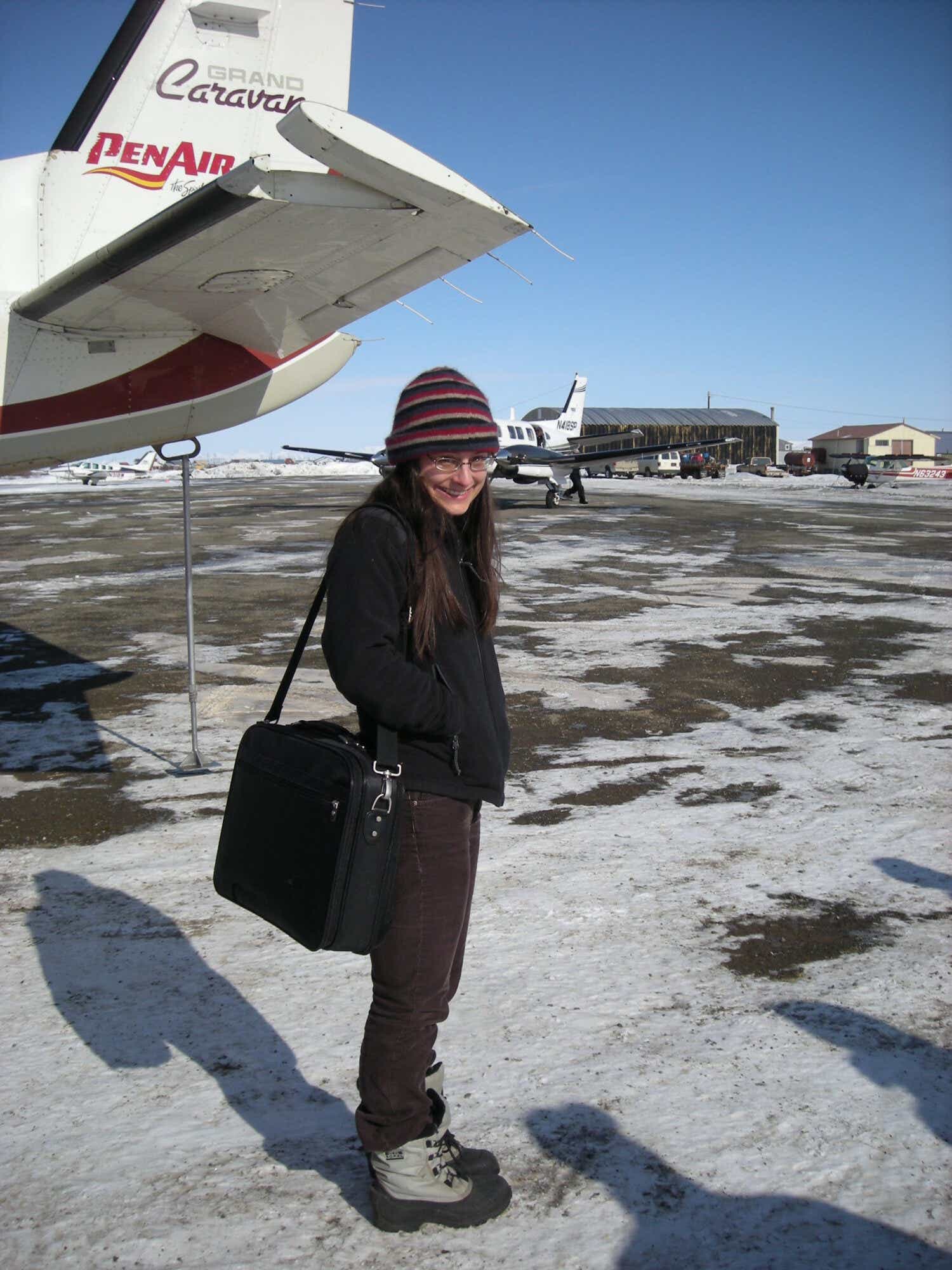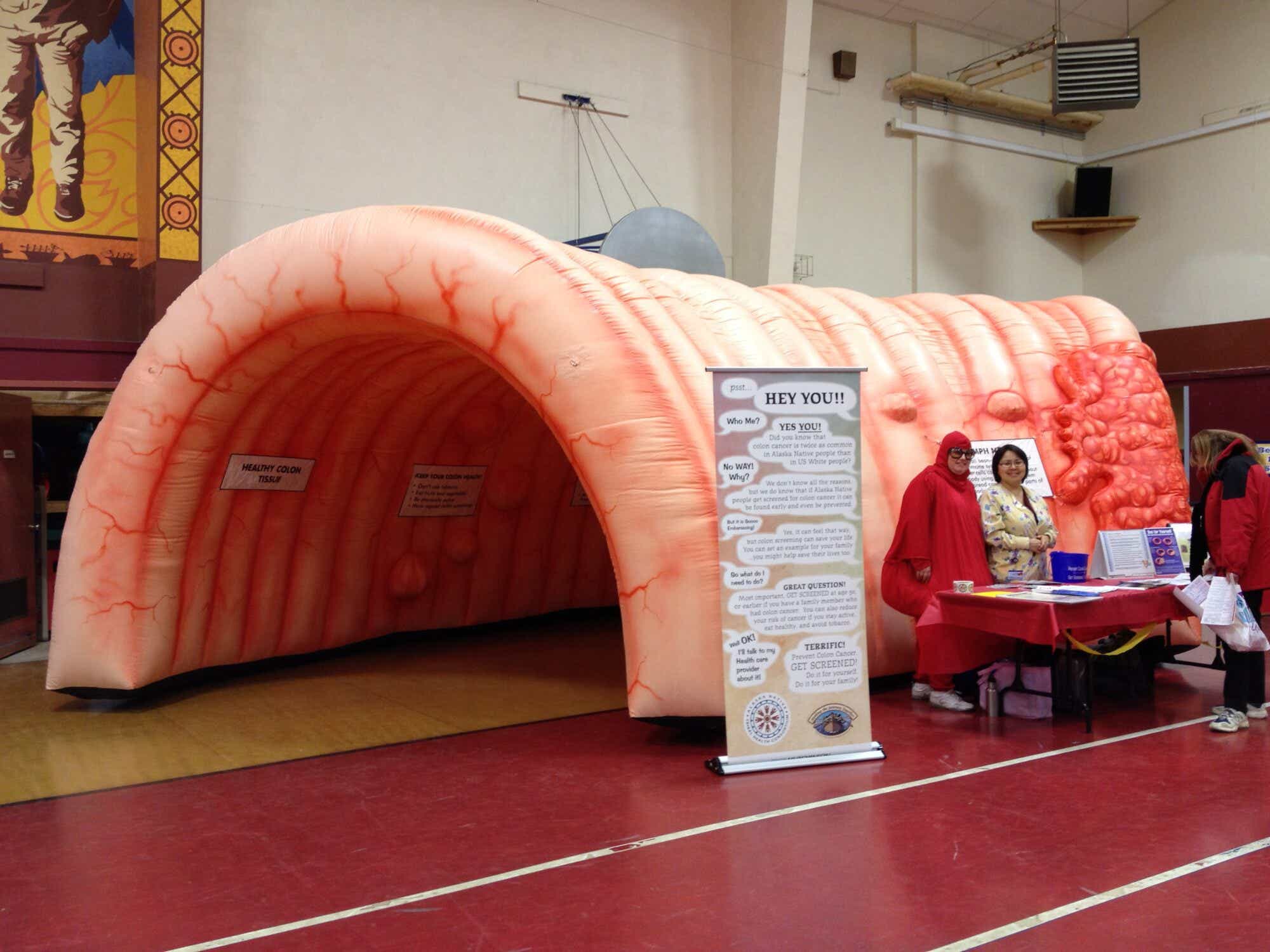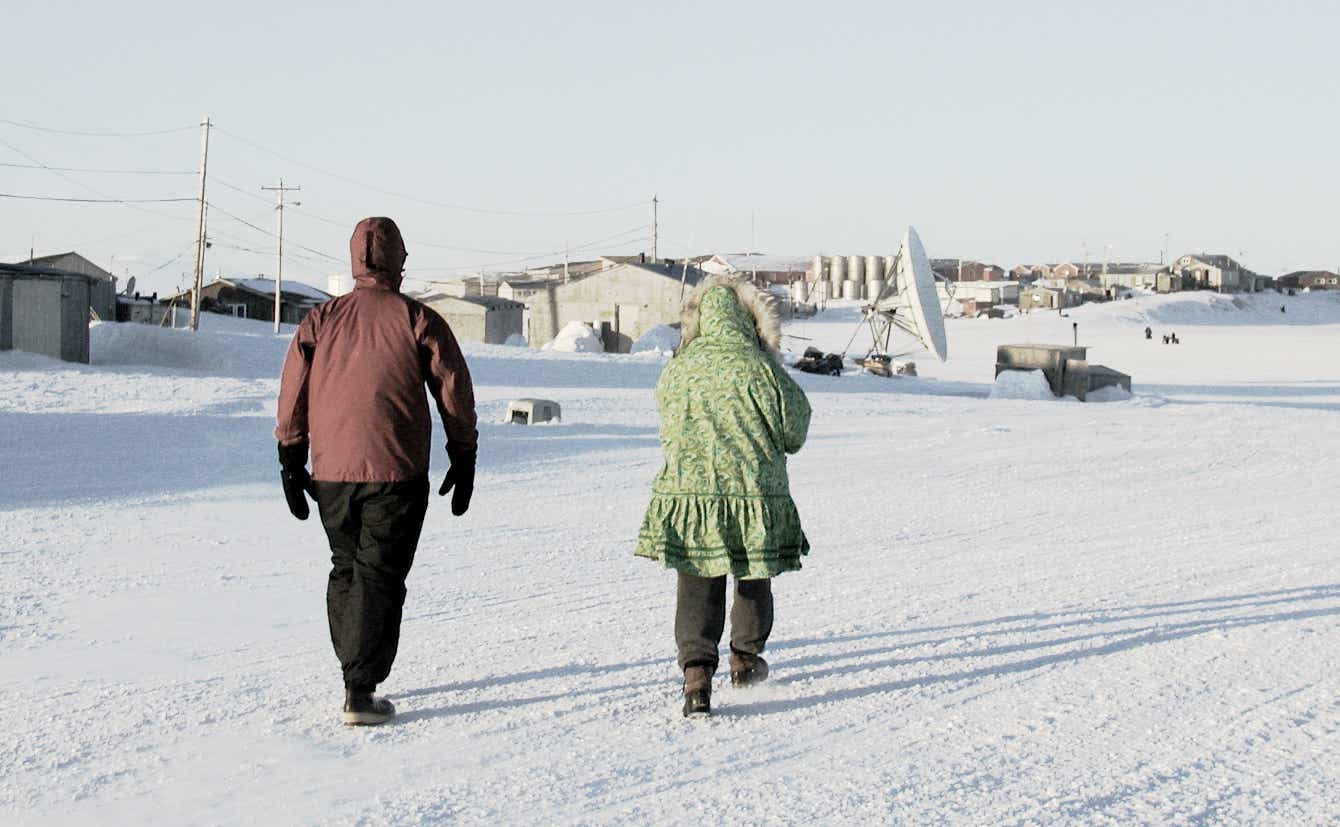We all know how important it is to keep up with routine cancer screenings. For most Americans, that might mean having to take a day off work to get a colonoscopy, or leaving the kids with a sitter for a few hours to go in for a mammogram. But what if it meant having to travel hundreds of miles in extreme weather conditions to get to the nearest hospital? A recent study found that almost 30 million Americans live in what are known as “medical deserts,” or areas where the closest acute-care facility is at least an hour away. This includes the thousands of Alaska Natives whose communities are located off the state road system and are only accessible by plane, or at certain times of the year, by traversing frozen rivers. When faced with the challenge of getting from a remote, inaccessible area to a regional hospital, many people might decide a routine screening isn’t worth the trip. The Alaska Native Tribal Health Consortium (ANTHC) is working hard to make sure that doesn’t happen, especially because Alaska Natives have among the world’s highest reported rates of colorectal cancer, with new cases and deaths occurring at a rate twice as high as White Americans.
The ANTHC is the largest tribal health organization in the country, with a vision of making Alaska Natives the healthiest people in the world. It has a community health aid program, which trains frontline health workers in remote areas. It has an engineering arm that works on improving water and sanitation conditions in rural communities. It also oversees the Alaska Native Medical Center, a bustling hospital located in Anchorage staffed by a dedicated team of healthcare providers.
North America has a history of brutally oppressing Native Americans, including through the use of boarding schools, which were federally funded reeducation and assimilation centers where Native Americans were forcibly stripped of their cultural heritage. Just this year, the bodies of over 1,500 children have been discovered on the grounds of seven former boarding schools in Canada, with no explanation as to who these children were or how they died. Given this history, it’s crucial that healthcare providers make Native American patients feel safe and culturally understood. ANTHC emphasizes cultural training, where employees learn everything from how different communities say hello and goodbye to how differing concepts of time may impact the provider-patient experience. The Alaska Native Medical Center itself is a celebration of Alaska Native heritage, filled with art and design elements to make people feel at home. The ANTHC board of directors are all Alaska Native, as are many people in leadership roles throughout the consortium. Many of the doctors who aren’t Alaska Native grew up in Alaska, including Dr. Diana Redwood.
A senior epidemiologist with the ANTHC, Dr. Redwood has called Alaska home for most of her life. When she was two years old, her mother drove her and her siblings in a pickup truck from Massachusetts to Palmer, Alaska, about 40 miles north of Anchorage. There, the family built a house. “I helped to carry nails,” Dr. Redwood laughs. “We had no running water or electricity for the first couple of years, so I definitely experienced Alaskan life at an early age.”

Dr. Redwood started working for the ANTHC back in 2004, focusing her efforts on colorectal cancer prevention and control. Because access to regular colonoscopies is so difficult for people living in remote communities, Dr. Redwood’s research has focused on the use of at-home colon cancer screening tests like Cologuard. Healthcare providers have historically been wary of prescribing at-home tests to Alaska Natives because the population has a very high incidence of H. pylori stomach infection, which can cause gastric bleeding. “When these tests first came out there was such a high likelihood of [Alaska Natives] getting a false positive that providers decided against using stool tests at all,” Dr. Redwood explains. The technology of these tests has improved drastically since they were first introduced, and Dr. Redwood’s research has consisted of testing the performance of newer types of stool tests, like Cologuard, which can be used at home, among the Alaska Native population. She found that people under the age of 60 and those who hadn’t been screened previously were more likely to say that they would choose a Cologuard test over getting a colonoscopy. Dr. Redwood’s current study will investigate whether Cologuard can feasibly be used in rural and remote Alaska Native communities; until then, it is not yet included as a recommended test in the Alaska Native Medical Center colorectal cancer screening guidelines.

For other cancer screenings like mammograms, there is no at-home alternative, so ANTHC has had to get creative to deliver care. They’ll set up temporary healthcare clinics in regional hubs using technology like mobile mammography units so people can travel from smaller communities to get all of the health services they may need at once. But even getting to a regional hub can be incredibly difficult. Because the state is so large, the closest regional clinic might be an hours-long flight away. While funds are allocated to cover at least a portion of patient transportation and accommodations, these trips still mean time off work or having to find childcare. “If people don’t necessarily want to get a colonoscopy to start with, figuring out all of those logistics can be an even further deterrent,” says Dr. Redwood. Because these temporary clinics require both sensitive equipment and a full staff of healthcare workers to carry out the procedures and clean the equipment, there might only be a one-week clinic in the spring and another in the fall at any given regional hub. “If someone misses the clinic, or the waitlist was too long, then they probably won’t get screened that year,” says Dr. Redwood.
Then, there’s the issue of weather. “You can set up a clinic, but then half of the patients don’t show up because their flights were canceled from their home communities,” says Dr. Redwood. “For example, in the Pribilof Islands, the airstrip for a plane to land is just a gravel road,” she explains. “If it’s cloudy, you might be standing on the tarmac watching the plane circle because they don’t have enough visibility to land.” It may take days for a new plane to arrive, which is a huge issue when people only have access to a clinic for two weeks a year.

Despite these challenges, Dr. Redwood says that surprisingly, sometimes the smallest and most remote communities in Alaska have the highest screening rates. “When a community has a health aide who’s super passionate about screening, that person will make it happen,” she says. “They’ll explain to their fellow community members how important cancer screenings are, and make sure everyone signs up, coordinates their travel, and gets there.” This type of direct encouragement from within one’s own community is incredibly important. “If you speak Yup’ik, and someone is speaking to you in your native language and telling you to get screened, it really helps, even with all of the accessibility challenges.”
Dr. Redwood says that when it comes to overcoming the obstacles of cancer screening in Alaska, communication with residents is key. “We are constantly asking people how we can make screenings easier for them. I think it’s encouraging when we ask for this kind of feedback, because we learn that people want to get screened.” If a resident expresses that something is standing in their way, that’s when the healthcare providers or aides often go the extra mile. “Then we do everything we can to address the barriers to screening in real, concrete ways,” Dr. Redwood says. “If we can figure out a way to make it happen, we’ll make it happen.”









